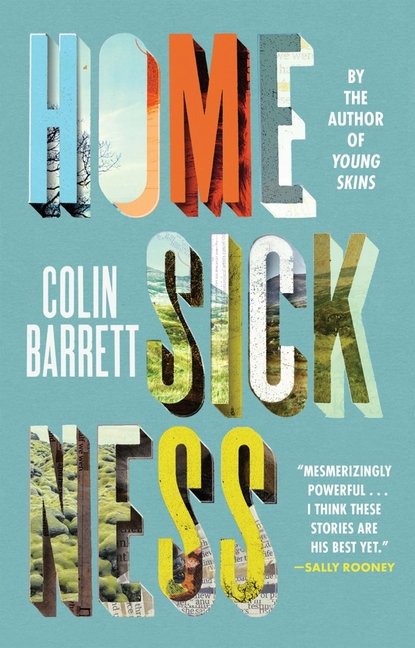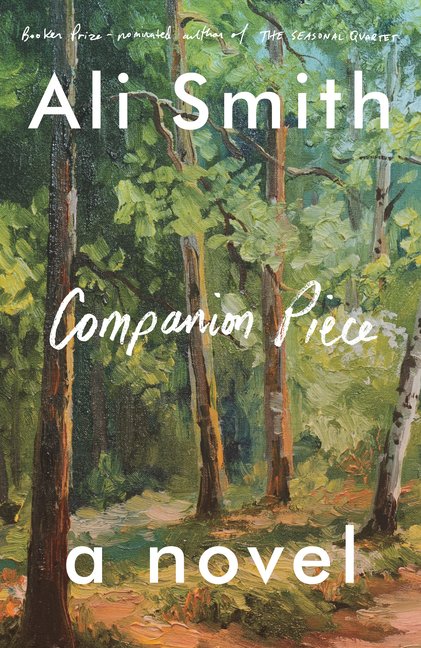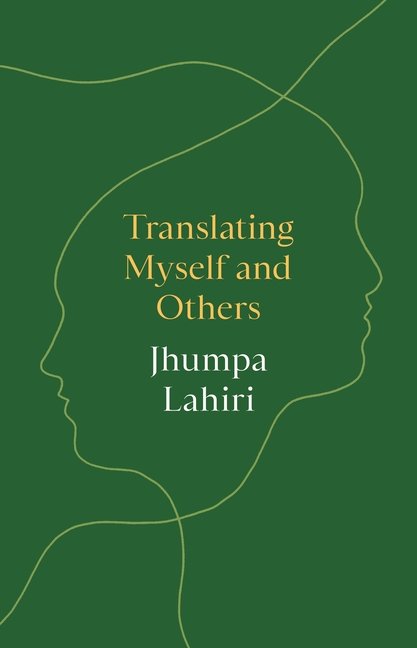As Broadway embarked on its road to recovery, these 45 theater artists helped pave the way.
Kara Young and Uzo Aduba
Photographs by Jingyu LinBy Michael Paulson, Jolie Ruben and Matt Stevens
The Broadway season that just ended, the first since the pandemic shutdown, will be remembered for many reasons — the persistence of Covid, the death of Stephen Sondheim, the dwindled tourism and the indispensable understudies. It was a season for renewed appreciation: of song and storytelling and shared experiences, of a beloved art form and a rebounding industry. And it was a season that featured an extraordinary volume of work by Black artists, catalyzed by the social unrest of 2020. The 2022 Tony Awards, which take place June 12, offer an opportunity to honor some of Broadway’s best work; in anticipation of that event, we photographed and interviewed many of the performers, and a few of the writers, directors and choreographers, nominated for awards. Below are portraits and edited excerpts from the interviews.
“MACBETH”
Ruth Negga
“I’ve always wanted to be an actress, since I was a really young kid. I just love stories in all shape and form. And for me, there’s a whole different draw: There’s an aspect of the performer, the peacock — something kind of lovely about being looked at, at the same time I’m quite shy in my normal life, so that’s an interesting dichotomy.” — Ruth Negga
“POTUS”
Rachel Dratch and Julie White
“People really, really want to laugh. The laughs are like hyperlaughs. Maybe that’s pandemic-flavored. Obviously, I’ve done a lot of comedies, but this one you can just feel the cackles coming off the audience. I think it’s because people have been shut in for so long.” — Rachel Dratch
“All the lady shows — we’re all keeping our clothes on. It’s the boys that are taking them off. I feel like that’s a step in the right direction.” — Julie White
“TAKE ME OUT”
Jesse Williams, Michael Oberholtzer and Jesse Tyler Ferguson
“I’m making discoveries every day. It’s really liberating. It’s incredibly stressful. And it’s a lot of pressure.” — Jesse Williams
“This is something that I never really thought about, and it’s kind of all I ever thought about at the same time. Not so much the Tonys, but to be in a position to have an opportunity to be in a play, in a production that is seen by people, that excites people, that’s talked about.” — Michael Oberholtzer
“I decided at the age of 5 I was going to become an actor or a baker or a zookeeper. My dad reminded me that zookeepers were going to have to pick up lots of poop, and so then I narrowed it down to the baker and the actor, and the acting just seemed more fun. So it was a very early decision, and I’m glad it panned out.” — Jesse Tyler Ferguson
“HANGMEN”
Alfie Allen
“I was going to be a snowboard instructor at one point if the acting didn’t work out. Came back from getting that qualification, and then I got a part in a film.” — Alfie Allen
“PARADISE SQUARE”
Joaquina Kalukango, A.J. Shively and Sidney DuPont
“There’s hope in community. There’s hope in love. There’s hope for this country. And I think the more we see the things that are alike within us, the less we see the differences.” — Joaquina Kalukango
“There’s 40 of us in this cast. To sing in a big group like that, which has been unsafe for a long time, it feels wonderful. That first rehearsal back when we all sang together, we were all just crying.” — A.J. Shively
“I’m hoping that by me being in this space and by doing what I’m doing, that I can inspire young Black boys and men and inspire young hearing-impaired people to believe that they can do it — that there’s nothing, nothing that can get in your way as long as you push for it.” — Sidney DuPont
“DANA H.”
Deirdre O’Connell
“Because everything had stopped so radically, it felt like there was a real wide open spirit to the way people were going to the theater.” — Deirdre O’Connell
“FUNNY GIRL”
Jared Grimes
“I started dancing in the subways. We would set up the board, and we would just dance.” — Jared Grimes
“COMPANY”
Patti LuPone, Jennifer Simard and Matt Doyle
“To experience any of Steve’s work is to realize what a human is capable of. He is complex, deeply human, nuanced and daring. He dares to write about every aspect of the human condition with a deeply beating heart.” — Patti LuPone, on Sondheim
“Thank God Stephen actually came to the first preview. It was like a rock concert. He adored it, and he laughed from his head to his toes.” — Jennifer Simard
“The first preview back was just so magnificent and overwhelming. And to have Stephen Sondheim sitting there with us, it’s a night that I will never forget.” — Matt Doyle
“THE MUSIC MAN”
Hugh Jackman, Sutton Foster and Jayne Houdyshell
“I get bored of myself. I think that’s why I like acting. With acting, you get to have complete freedom to do all sorts of things.” — Hugh Jackman
“The pandemic was crazy. I remember when the theater shut down and all of a sudden you realize, ‘Wait a minute, what I do for a living just doesn’t exist right now.’ I don’t think anyone plans for that.” — Sutton Foster
“It feels like a big privilege to be part of the group of people that have come together to make Broadway reopen and do it as safely as possible.” — Jayne Houdyshell
“FOR COLORED GIRLS WHO HAVE CONSIDERED SUICIDE/ WHEN THE RAINBOW IS ENUF”
Camille A. Brown and Kenita R. Miller
“I didn’t grow up during the internet, so we went to the library and we got videos of our favorite musicals and we would watch them over and over again, and the dance sequences, and I would learn them.” — Camille A. Brown (nominated as director and choreographer)
“I get this tribe of sisters that have shown me what it really means to be a sister.” — Kenita R. Miller
“HOW I LEARNED TO DRIVE”
Mary-Louise Parker, Paula Vogel and David Morse
“I didn’t think the play would ever be produced. I didn’t think I’d ever find actors who could do it. I thought I was going to be judged and condemned for writing it. I realized I shouldn’t be afraid of telling the truth.” — Paula Vogel (nominated as playwright)
“Just living in a world right now where judgment of other people comes quickly and it’s severe. And what Paula wrote, it doesn’t allow you to do that. It just opens you up.” — David Morse
“We all have darkness. We all have things we need to be forgiven for. And I think that is something kind of important to remember.” — Mary-Louise Parker
“A STRANGE LOOP”
Michael R. Jackson, Jaquel Spivey, L Morgan Lee and John-Andrew Morrison
“I’m a writer because I have questions, and I have things that scare me, and the only way for me to get over my fears is to confront them directly.” — Michael R. Jackson (nominated as book and score writer)
“I grew up watching movie musicals. I was obsessed with them. ‘Dreamgirls,’ the movie: As soon as I saw Jennifer Hudson singing, I thought ‘I want to do that!’” — Jaquel Spivey
“In many ways, I feel like it took the world to turn upside down for me to start to find some sense of visibility.” — L Morgan Lee
“When I first moved to this city, and I would be auditioning, I would hear things like ‘Oh, your pearls are falling out of your mouth,’ or ‘You’re not thug enough.’ So to be able to be in a show where I can be as queer and as flamboyant and as gay and as big as I possibly can be, and it’s not only needed but celebrated, is amazing.” — John-Andrew Morrison
“MR. SATURDAY NIGHT”
Billy Crystal and Shoshana Bean
“People are starved for entertainment, and you look out and they’re all masked and yet they’re laughing as hard as they can and we’re getting the same energy we would get. It’s so important that people get entertained and we get some sort of semblance of normal life. This show has been very healing for all of us in a lot of different ways.” — Billy Crystal
“The first night that we had an audience and heard that laughter en masse: It’s a drug. It’s crazy.” — Shoshana Bean
“LACKAWANNA BLUES”
Ruben Santiago-Hudson
“There was a lot of trepidation, and a lot of second-guessing. I wasn’t sure if one person would show up. But one of the things I discovered is people need theater as bad as we need people to need theater. Human beings need to do what is innate in us, and that’s to be social creatures and to have shared experiences with one another.” — Ruben Santiago-Hudson
“MJ”
Myles Frost and Christopher Wheeldon
“What I cherish the absolute most is getting here — the journey that it took even before I hit the stage the first time, and learning myself, learning more about Michael, meeting my cast mates for the first time. It’s little moments like that that stick out to me the most.” — Myles Frost
“The last few months have been filled with highs and lows and a lot of fear, just around whether we could actually get up and get running, keep our cast on the stage, get our audiences in the door. I have learned a lot about my capacity to handle fear as an artist, and also, like the rest of the world, as a human being, and actually to find the best ways that I can to turn that fear into some positive and creative energy.” — Christopher Wheeldon (nominated as director and choreographer)
“CLYDE’S”
Uzo Aduba and Kara Young
“It’s exciting to be a part of the thing that people are craving, which is community. Theater has always served as something that is more than just entertainment, but in this time, even more than in the past, it feels like a healing. Some days, when the curtain will come up, I’m not even sure they’re applauding the show. A layer of this feels like it’s for another need.” — Uzo Aduba
“I have to admit that I really was very eager to work. And because this was the cards that were dealt, I really hugged this moment with all of myself.” — Kara Young
“CLYDE’S” AND “MJ”
Lynn Nottage
“I feel very proud to be part of a season in which we’ve had more representation by Black writers than in the history of, probably, Broadway in its entirety.” — Lynn Nottage (nominated as playwright for “Clyde’s” and book writer for “MJ”)
“SKELETON CREW”
Phylicia Rashad
“Theater is always bumpy. That is nothing new. But it was great to be back in the theater.” — Phylicia Rashad
“AMERICAN BUFFALO”
Neil Pepe and Sam Rockwell
“It’s come back in such a big, big way. And we were shut down two years ago. I think that’s why it’s really exciting.” — Sam Rockwell (shown with Neil Pepe, who is nominated as director)
“TROUBLE IN MIND”
LaChanze and Chuck Cooper
“We need more stories that are showing the diversity in our community, not just the broad strokes.” — LaChanze
“I just hope that those who made it into our little theater and were able to go on our journey with us, I hope that they left the theater moved and thinking and curious.” — Chuck Cooper
“GIRL FROM THE NORTH COUNTRY”
Mare Winningham
“I’ve learned that marinating in a role is really good.” — Mare Winningham
“MRS. DOUBTFIRE”
Rob McClure
“When I was 15, I saw a community theater production of ‘Sweeney Todd’ that changed me, and by that, I mean my DNA. I went into that theater as one person, and I left that theater a different person. It was a magic trick that I didn’t know existed. And then I discovered that I could provide that magic trick for other people. And that’s why I act.” — Rob McClure
“THE SKIN OF OUR TEETH”
Lileana Blain-Cruz and Gabby Beans
“When a piece of theater is good — and I feel like everybody is struggling and reaching for that — you walk out of the theater feeling more alive. And for me, wrestling with what it means to be alive is the eternal question.”— Lileana Blain-Cruz (nominated as director)
“This character is completely free. She has no boundaries or self-consciousness. So I feel like inhabiting that energy has made me just expand as a person.” — Gabby Beans
“THE MINUTES”
Tracy Letts
“I’ve never felt more camaraderie with my fellow theater artists. This does not feel like a competition to me, these Tony Awards. It feels like a celebration — getting to return to our art form.” — Tracy Letts (nominated as a playwright)





















































